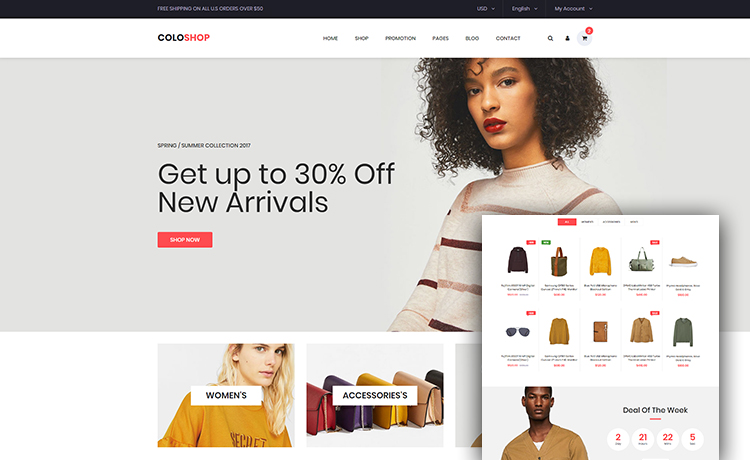Hydra Tech Insights
Stay updated with the latest in technology and gaming.
Pixels to Profits: The Secret Sauce of E-Commerce Design
Unlock the secrets to e-commerce success with impactful design tips that transform pixels into profits!
Maximizing Conversion Rates: Key Design Principles for E-Commerce Success
To achieve e-commerce success, maximizing conversion rates should be at the forefront of your website design strategy. One of the key design principles is ensuring that your site is user-friendly. This involves implementing a clean, intuitive layout that allows customers to navigate effortlessly. An effective way to enhance usability is by organizing products into categories, using descriptive filters, and employing a consistent color scheme to convey trust and professionalism. Also, consider the importance of mobile optimization, as an increasing number of shoppers are using their smartphones to browse and purchase products.
Another crucial principle to consider is visual hierarchy. Elements such as buttons, text, and images should be arranged to guide the user’s eye towards key actions, such as add to cart or checkout. Employing contrasting colors for these action buttons can significantly increase their visibility, encouraging clicks. Furthermore, incorporating high-quality images and compelling product descriptions can instill confidence in your visitors, leading them to convert into buyers. By focusing on these design principles, you can create an e-commerce site that not only attracts visitors but also nurtures them through the buying process.

The Psychology of Color in E-Commerce: How to Influence Buying Decisions
Color plays a significant role in e-commerce, influencing consumer behavior and purchasing decisions. According to research, the brain processes visuals 60,000 times faster than text, making color one of the most powerful tools in marketing. For instance, red often evokes passion and urgency, making it an ideal choice for sales and clearance promotions, while blue instills trust and security, promoting a sense of reliability that can encourage consumers to complete their purchases. Understanding the psychological implications of various colors can help online retailers optimize their websites and marketing materials to create a compelling user experience.
Moreover, the context in which color is used can dramatically affect its impact. For example, the color green, associated with health and tranquility, is frequently used in organic and eco-friendly product lines. To maximize influence, businesses should consider incorporating color psychology into their branding strategies. A/B testing different color schemes on landing pages can reveal which hues convert the best, allowing e-commerce sites to tailor their color palettes based on audience preferences and emotional responses. Ultimately, leveraging the psychology of color can lead to higher conversion rates and increased sales.
Top 5 Design Mistakes E-Commerce Sites Make and How to Avoid Them
In the highly competitive world of e-commerce, design can make or break a customer’s experience. One of the top design mistakes e-commerce sites make is neglecting mobile optimization. With a significant portion of online shoppers using their mobile devices, a responsive design is crucial. If your site isn't mobile-friendly, users are likely to abandon their carts before checkout. Ensure your website is optimized for various screen sizes and test the user experience across multiple devices to create a seamless shopping experience.
Another common pitfall is overcomplicating the navigation. A cluttered and confusing menu can frustrate visitors, leading them to leave without making a purchase. To avoid this mistake, e-commerce sites should implement a clean and intuitive navigation structure. Consider using a simple dropdown menu or a side menu that clearly categorizes products. Additionally, enhancing the search functionality can significantly improve user experience, helping customers quickly find what they're looking for.